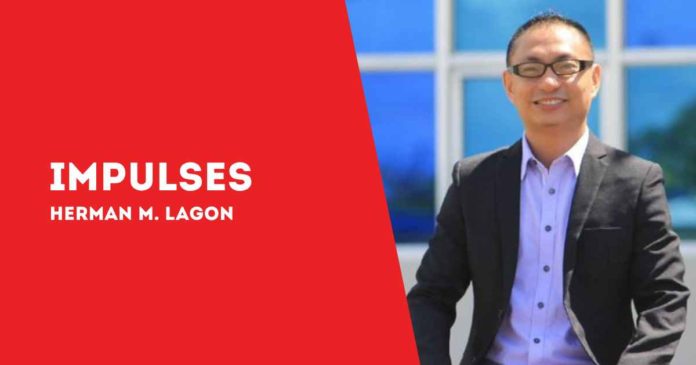
NOWADAYS, the flipped classroom is gradually becoming recognized as a shining example of innovation, especially in the fields of graduate school, college, and senior high school education. This revolutionary paradigm promises a highly engaging and individualized learning experience. It is the result of the technological renaissance now, more than ever, driven by the Internet of Things (IoT), generative AI, and machine learning.
I first learned about this cutting-edge teaching approach at a masterclass given by the renowned Eric Mazur at the 2016 World Educational Leadership Summit in Singapore. Not only was this an eye-opening experience, but it also signaled the start of my own experimentation with the flipped classroom approach as I instruct optics, analytic geometry, calculus, mathematical investigation, and research to my students at the Iloilo State University of Fisheries Science and Technology (ISUFST). Though difficult at first, the shift has paid off, bringing in a period of dynamic, independent learning that remarkably aligns with the weltanschauung (or worldview) of the digital age.
By design, the flipped classroom flips the conventional educational paradigm, with students bearing the initial burden of knowledge acquisition outside of the classroom. This allows for more interactive, application-based learning to take place during class time. This method uses technology to make the learning environment more dynamic and engaging while also accommodating the different learning speeds of the students. Students may participate in interactive simulations, video lectures, or AI-driven tailored learning pathways prior to class. Under the instructor’s direction, learners then use and expand their newly acquired information through class discussions, projects, or experiments. In disciplines like science, math, research, language, and social science classes — where comprehending intricate ideas greatly benefits from active interaction and application — this approach has demonstrated special promise.
For example, in a high school literature class with limited access to technology, a teacher would assign students to view carefully chosen YouTube playlists at home the days before class, which would feature author biographies, literary work analysis, and thematic discussions. These videos act as overviews for more in-depth discussions in the classroom. Free online forums can encourage peer engagement and critical thinking as well. Utilizing their pre-class engagement, teachers will then facilitate group discussions, writing assignments, and role-plays in the classroom. Despite technological limitations, this student-centered method promotes profound literary understanding, analytical abilities, a love of reading, and critical discourse.
The efficacy of the flipped classroom concept is further enhanced by the use of IoT, generative AI, and machine learning technologies. These tools make it possible to design individualized, rich learning experiences outside of the classroom and promote a more participatory, team-oriented learning environment inside. For instance, AI can develop individualized learning modules and even digital tutors for math lessons, and machine learning algorithms can tailor language learning content to each student’s competence level. IoT devices can also be used to conduct experiments in real-time in scientific classes. In addition to making education more interesting and relevant, this kind of technology integration gets pupils ready for a future in which digital literacy will be critical.
The flipped classroom approach has many benefits, but it is not without its drawbacks. Asserting that students must manage their education outside of the classroom might widen the digital divide by excluding individuals who lack access to internet connectivity or the appropriate technology. Furthermore, the students’ drive and self-control to interact with the material outside of class are critical components of the flipped classroom model’s effectiveness and can differ substantially throughout students.
Nevertheless, these difficulties are outweighed by the potential advantages of flipped classrooms, particularly when they are reinforced by cutting-edge technologies. They provide education that is more appropriate for the requirements and circumstances of today’s digital natives, in addition to being more effective and interesting. It is critical to address this model’s weaknesses as we continue to test and improve it by promoting self-motivated learning and equal access to technology.
Nonetheless, the flipped classroom paradigm offers a major advancement in educational methods, particularly when combined with IoT, generative AI, and machine learning technology. In addition to making learning more exciting and personalized, it also successfully equips students with the skills they need to deal with the complexity of the modern world. Our job as educators is easy. That is, negotiating its obstacles, realizing its possibilities, and creating an inclusive, transformative learning environment for, with, and for our students.
***
Doc H fondly describes himself as a ‘student of and for life’ who, like many others, aspires to a life-giving and why-driven world that is grounded in social justice and the pursuit of happiness. His views herewith do not necessarily reflect those of the institutions he is employed or connected with./PN



